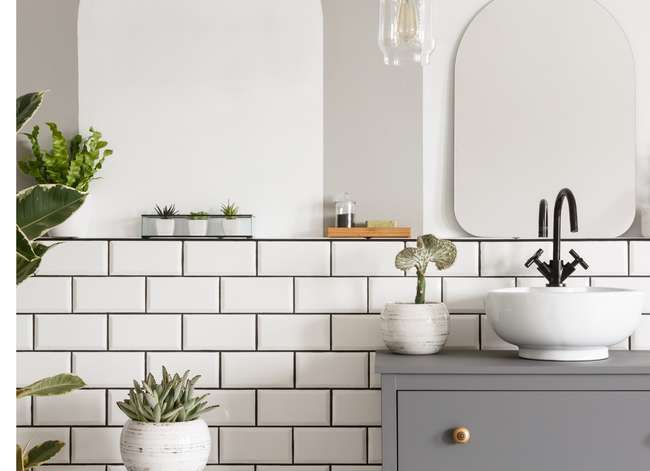

We may earn revenue from the products available on this page and participate in affiliate programs. Learn More ›
Home Advice You Can Trust
Tips, tricks & ideas for a better home and yard, delivered to your inbox daily.
Healthy Home Upgrade
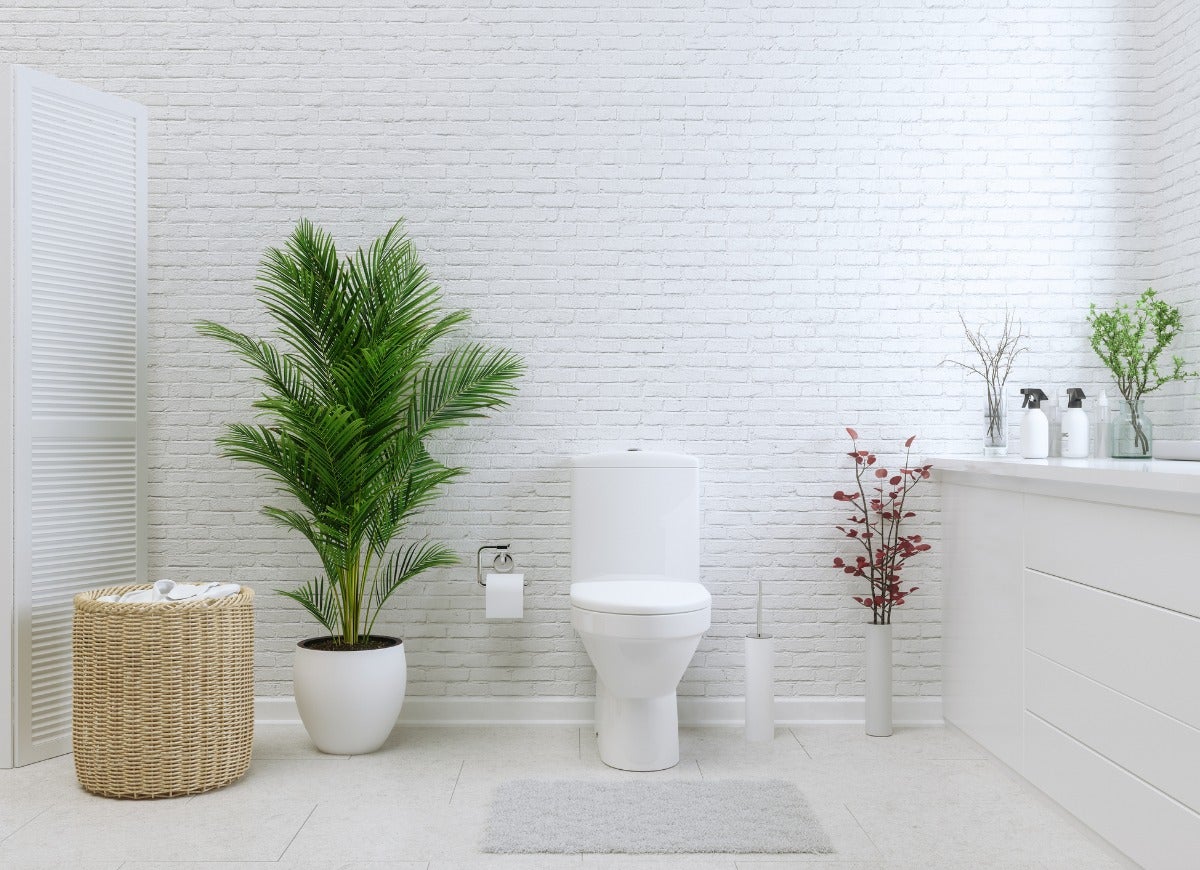
If replacing your tile or installing a new vanity is a bathroom renovation that’s beyond your budget, you can afford one truly luxurious upgrade: transforming your bathroom into a tropical paradise. Low-light bathrooms with small or frosted windows pose no problems for many of these houseplants. What’s more, the high humidity in the average bathroom makes it the perfect environment for many tropical varieties and other humidity loving plants. Houseplants are also nature’s air purifiers—who knew that improving your decorating scheme also has health benefits?
Snake Plant (Dracaena trifasciata)
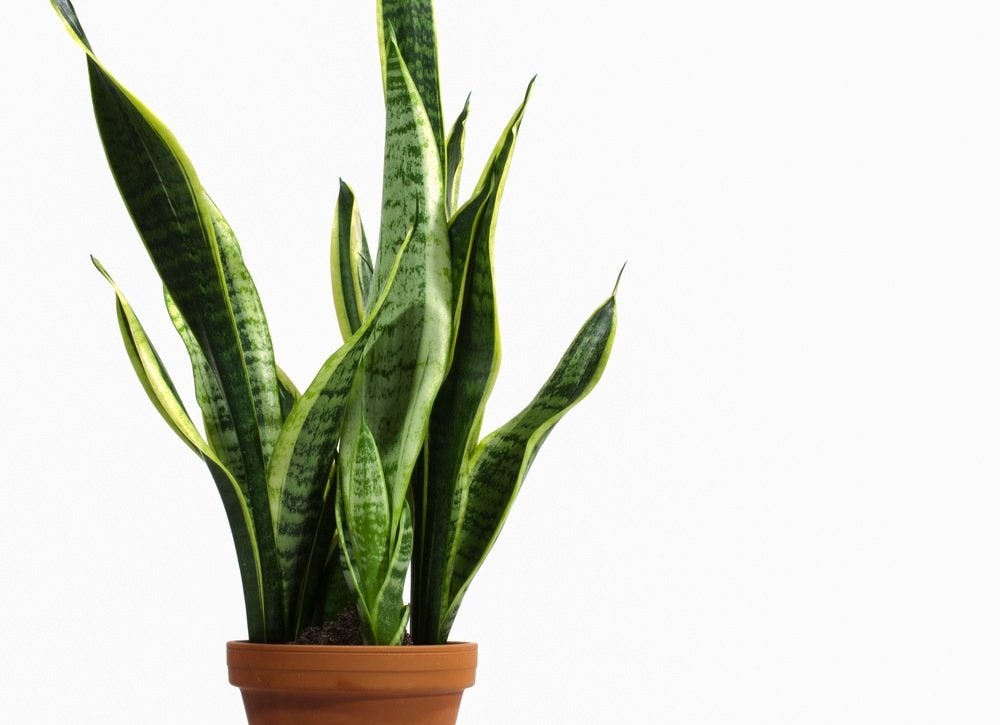
Once classified as a sansevieria, and still also known as “mother-in-law’s tongue,” the snake plant is one of the most low-maintenance plants you can grow, which makes it the perfect choice for a bathroom. Low-light snake plants filter out formaldehyde, which is common in cleaning products, toilet paper, tissues—and even some cosmetics.
Spider Plant (Chlorophytum comosum)
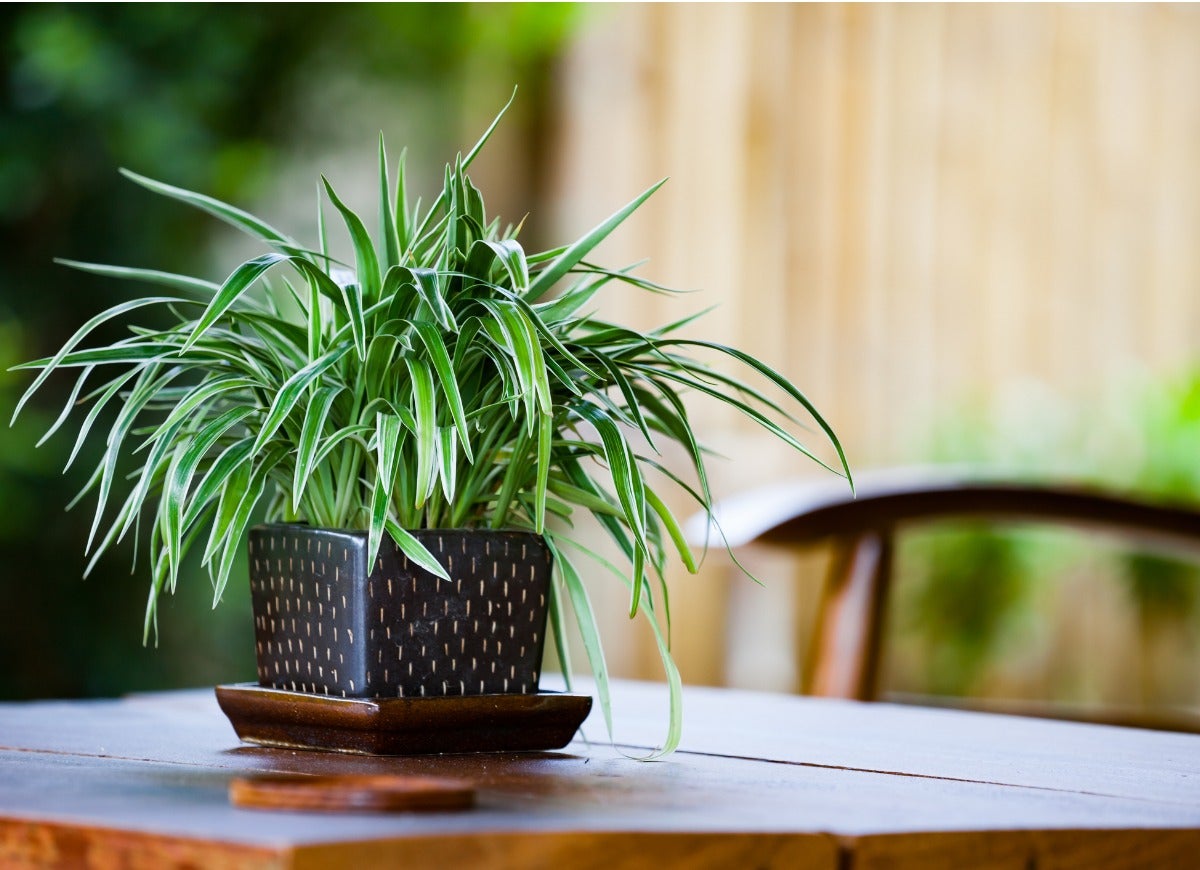
Hardworking spider plants prefer medium light to work their magic—that is, removing impurities like formaldehyde and carbon monoxide from the air. Water a spider plant once or twice a week, and you’ll be rewarded with new buds that you can repot or gift to friends.
Bamboo (Bambusoideae)
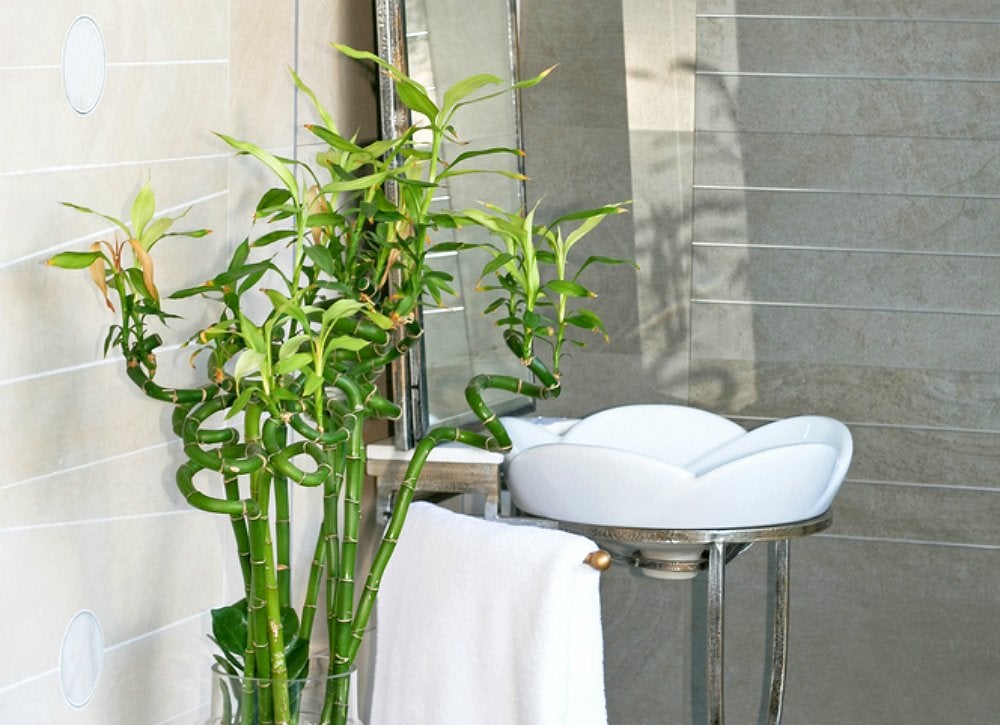
This most Zen-like plant can grow in almost any light—even without any soil! Just place your bamboo to root in a container filled with a few inches of pebbles, then fill halfway with water, watering occasionally. If you’re feeling fancy, spend a few more bucks for the variety with twisted stalks.
Cast-Iron Plant (Aspidistra elatior)
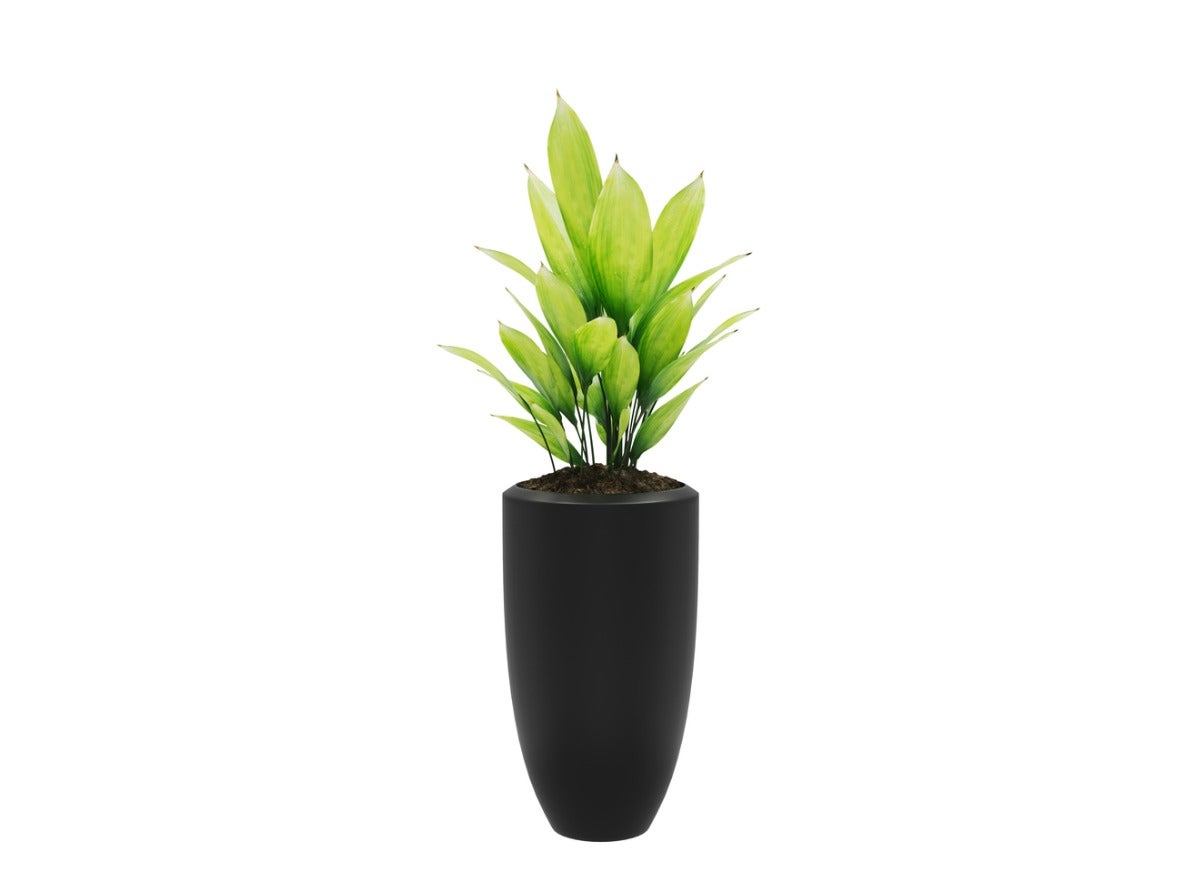
Popularized in the Victorian era, the so-called cast-iron plant, or Aspidistra elatior, still offers a lot to love. For one, it’s super hardy and can tolerate neglect, overwatering, and extreme temperatures. For best results, let the soil of this shade-loving plant dry between waterings.
Dragon Plants (Dracaena draco)

Dracaena draco, or dragon plant, comes in a few varieties, but all of them are at risk of brown and dry leaf tips in low-humidity households. That’s just one reason to consider this tropical plant for your bath. The natural humidity of the bathroom will keep it—and your space—looking fresh and flawless.
Orchid (Orchidaceae)
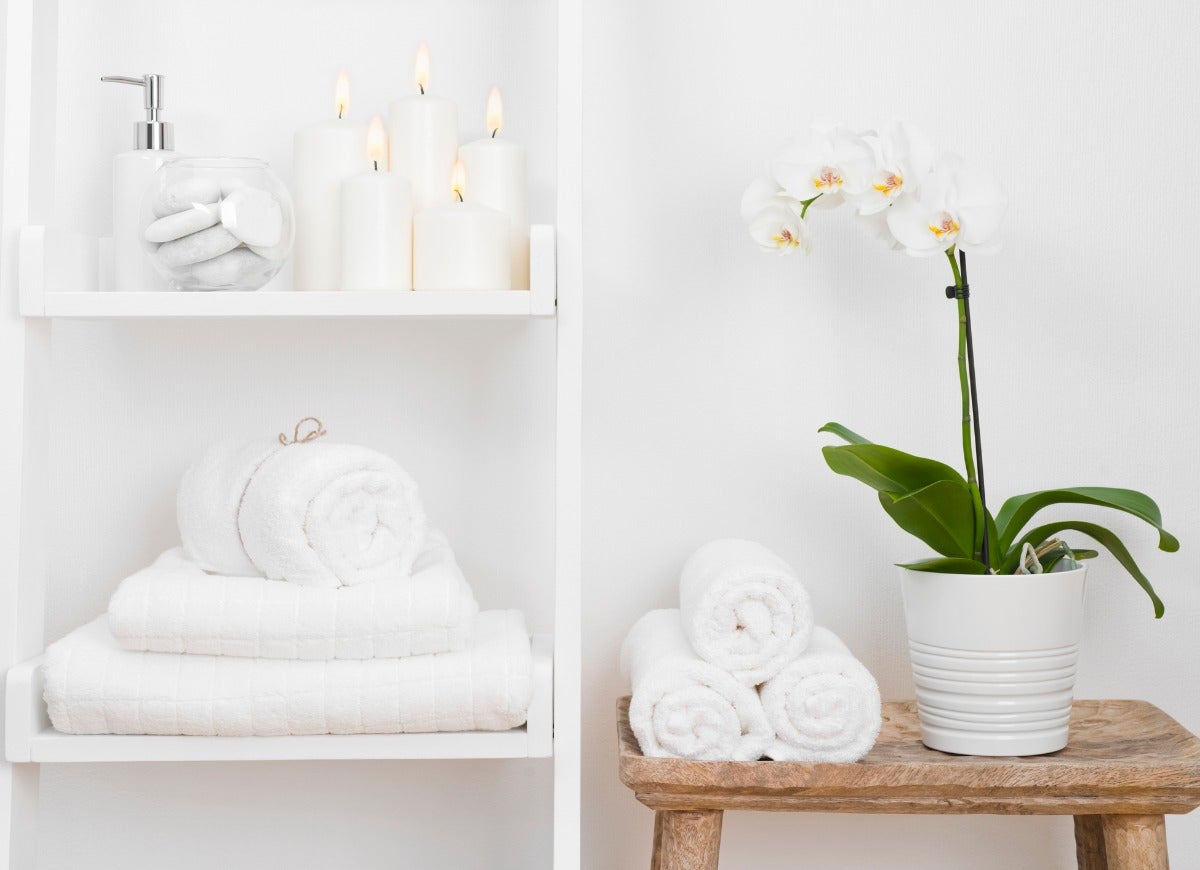
Some gardeners find orchids a bit finicky, but in the right environment, they can flourish. Set yours on a bathroom windowsill. The indirect sunlight will nourish the plant while the high humidity mirrors the environment where orchids bloom naturally.
Boston Fern (Nephrolepis exaltata)
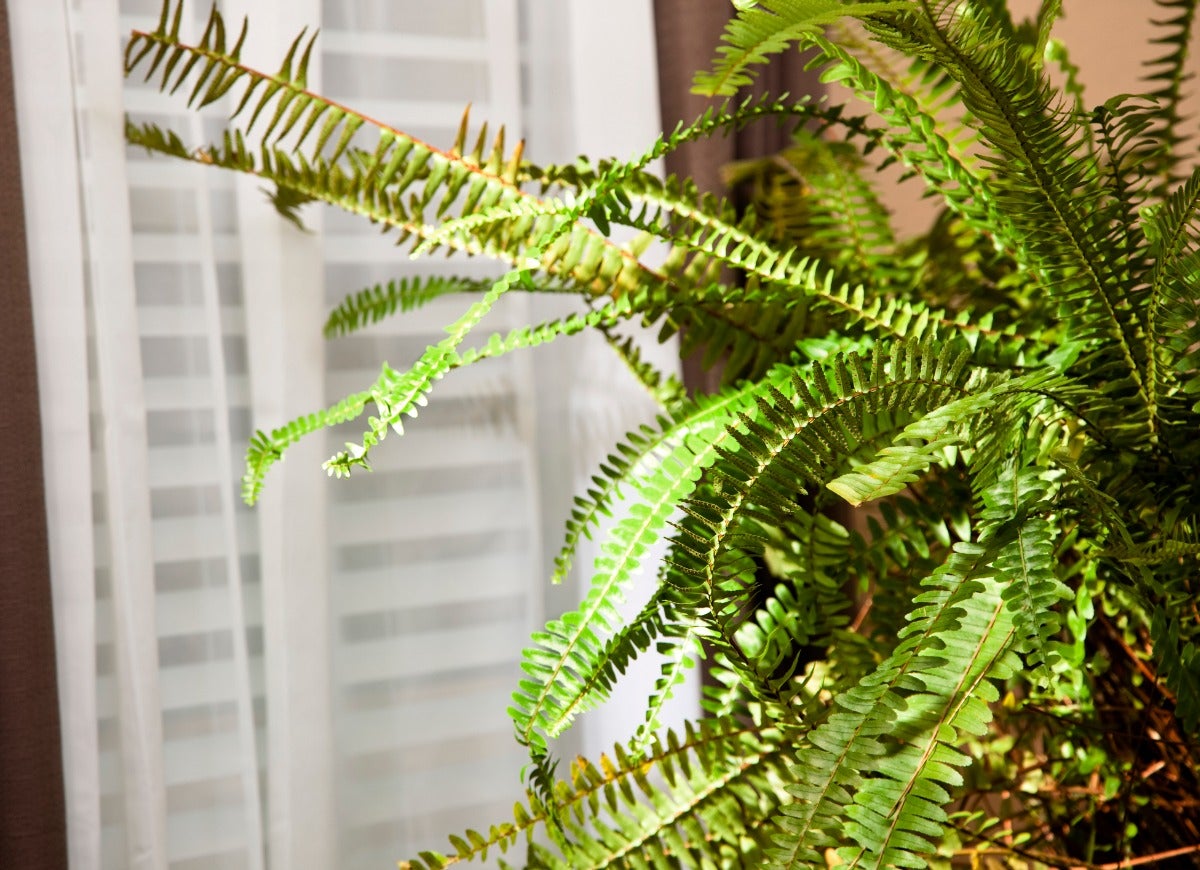
Ferns naturally grow in the filtered light and high humidity conditions of tropical forests. Luckily, the average bathroom can simulate this environment perfectly (if a fern starts yellowing, misting it will help). The Boston fern is a bushier, wild-looking variety with feathery fronds that can remove toxins, including formaldehyde, from the air. Keep its soil moist and the bathroom humidity up, and your fern should flourish.
Ivy (Hedera)
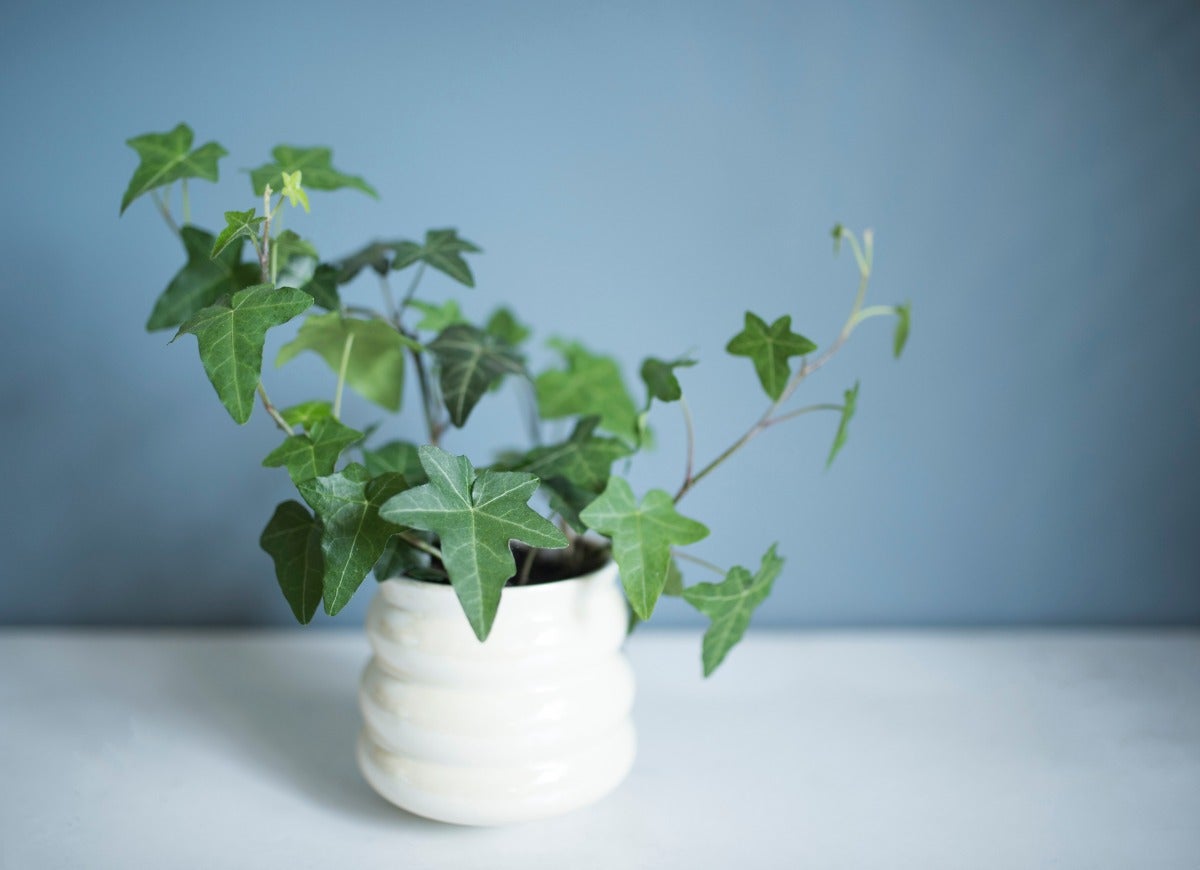
Peace Lily (Spathiphyllum)
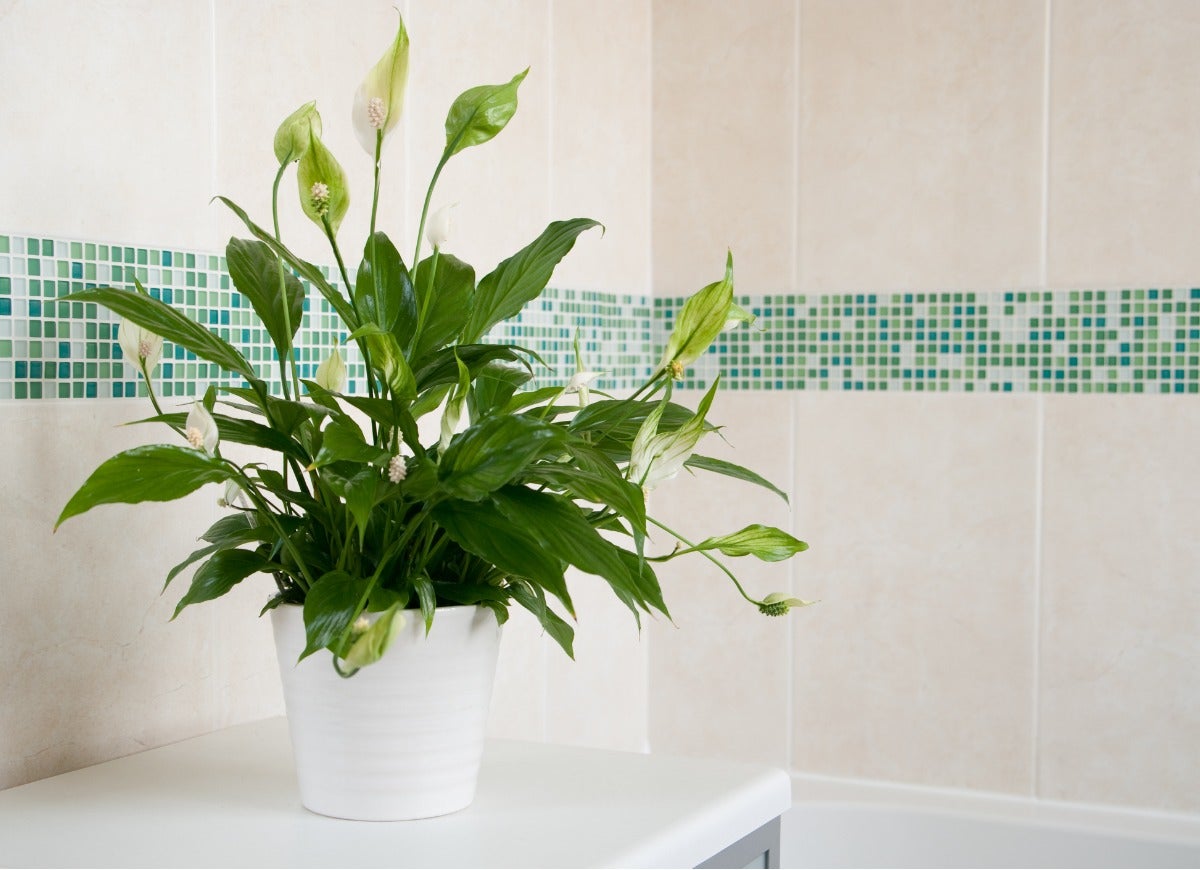
Peace lilies are wonderfully low maintenance and filter household impurities from the air. Want to make sure it flowers? Because this plant will tolerate low light, keep sunlight minimal (about the level at which you can see to read) and keep the soil moist.
Aloe Vera
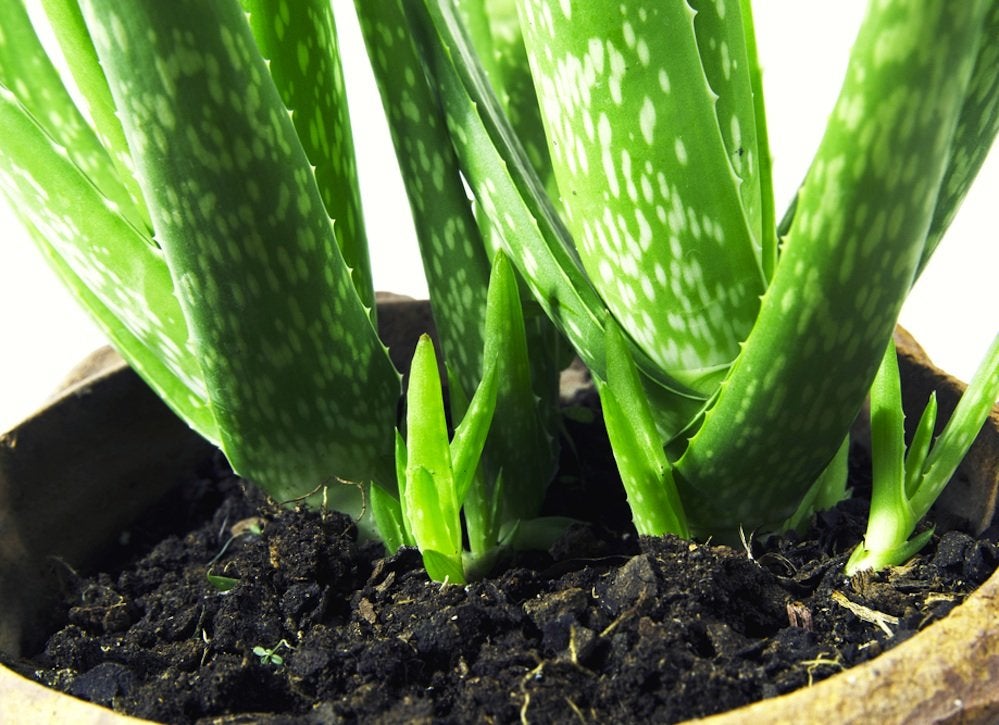
Bird’s Nest Fern (Asplenium nidus)
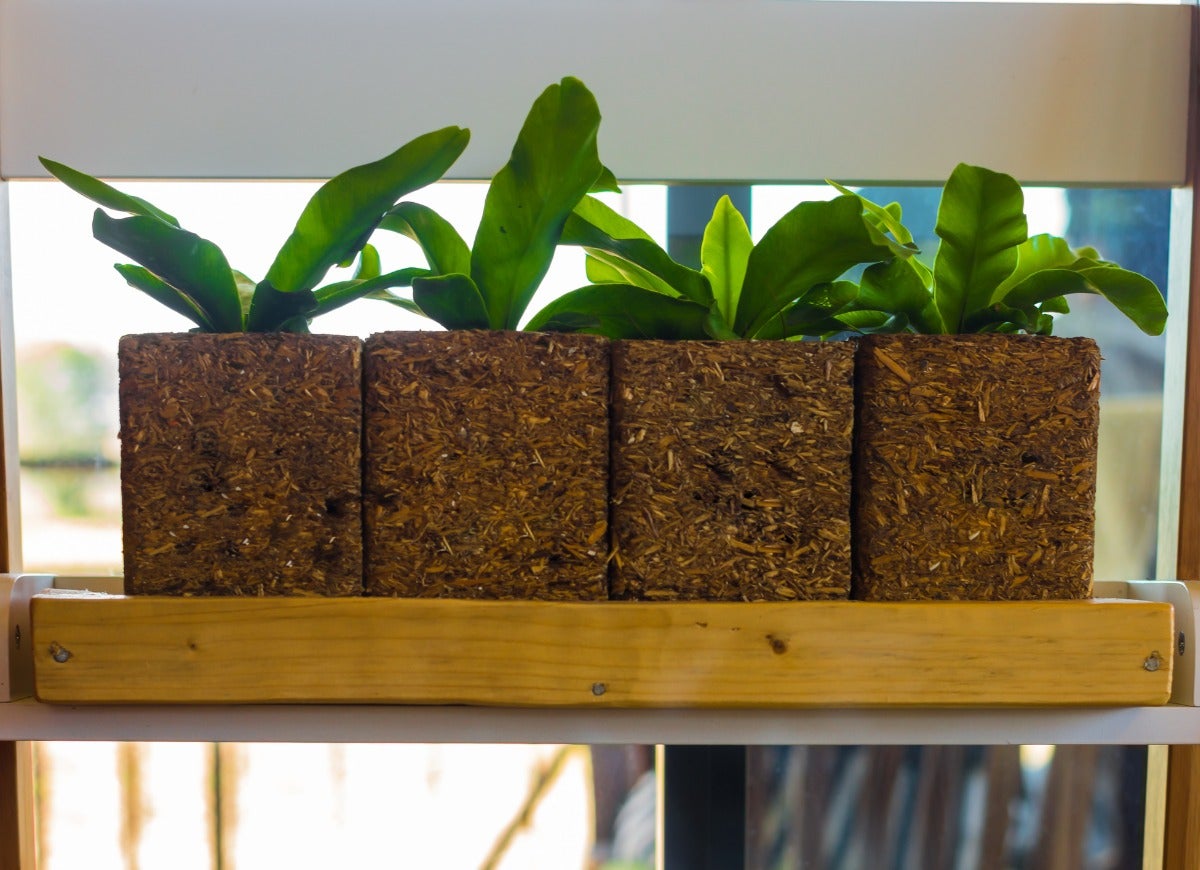
Easily identified by its fronds that radiate from a central knot or rosette, bird’s nest fern is a perfect bathroom plant because it grows well in areas with more than average humidity. Since it can tolerate varying levels of light, it’s appropriate for bathrooms in which the amount of light changes—if, say, you keep the shades drawn for part of the day. The less light the bird’s nest fern gets, the slower it grows. It will remain countertop (or bathroom shelf) size if your bathroom isn’t too bright, but could grow up to 2 feet tall if it gets bright to medium-bright indirect light.
Air Plant (Tillandsia)
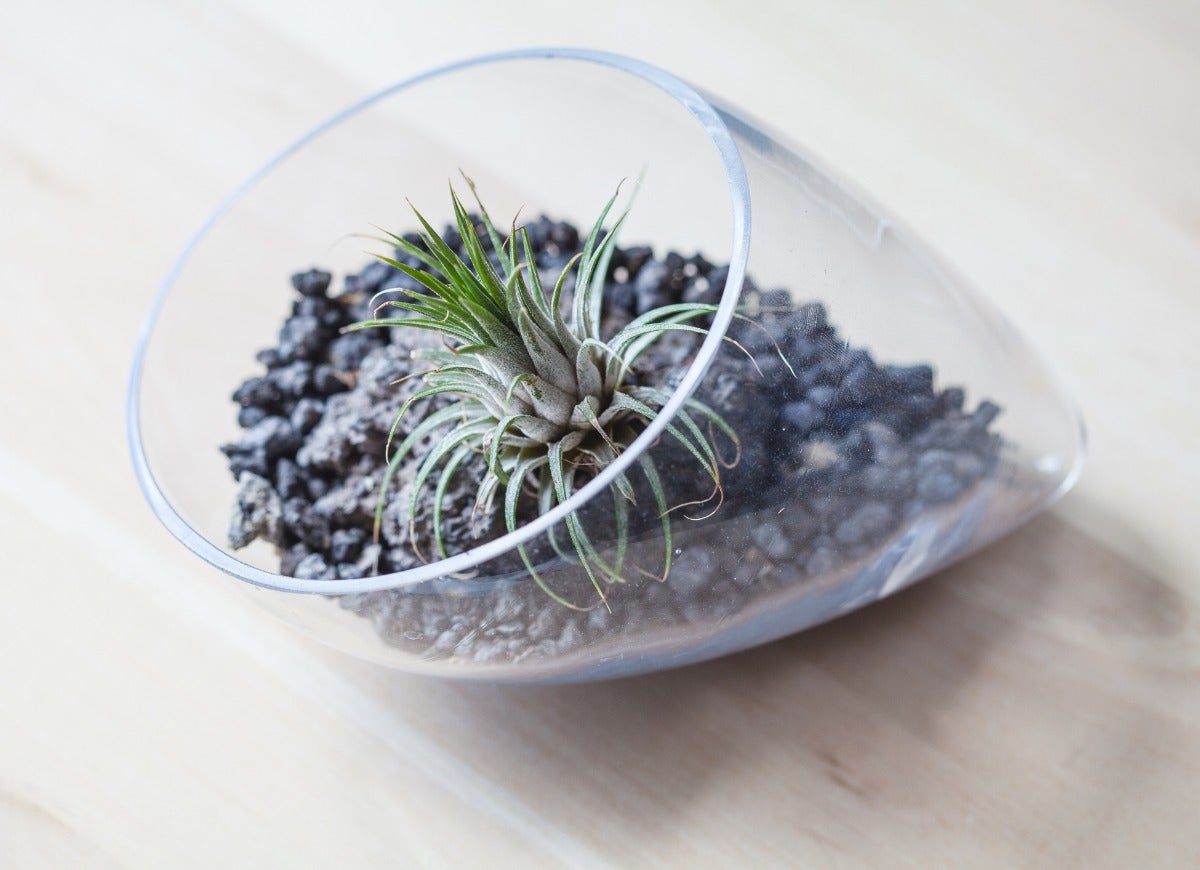
You don’t have to have a green thumb to grow these indoor plants: As its name suggests, it doesn’t take much to keep air plants alive—just air and water. These bathroom plants prefer bright light, as long as it’s indirect light, and they like humid environments. Since air plants don’t need soil, you can get creative about the type of vessel to keep them in: Try a glass vase, seashell, or wall-mounted baskets.
ZZ Plant (Zamioculcas zamiifolia)
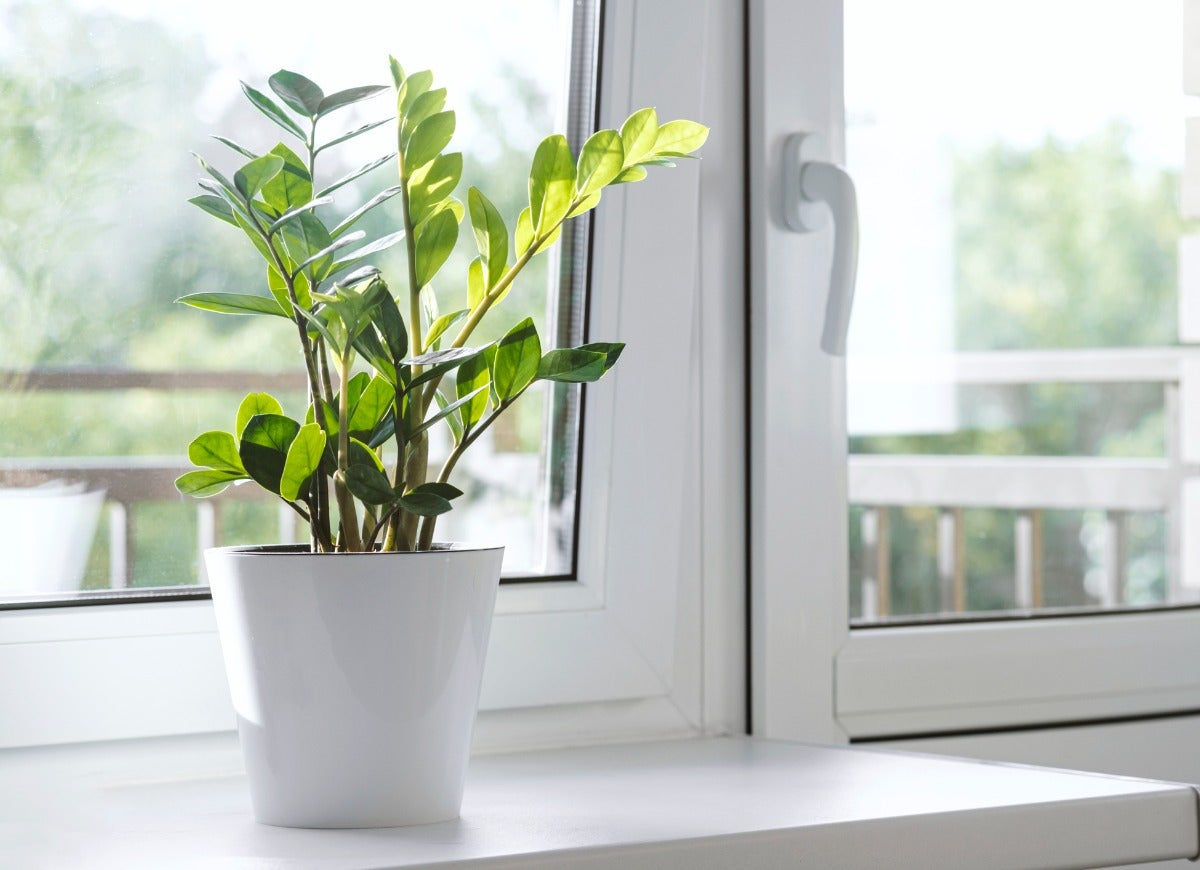
With small, fleshy and glossy leaves, the simple ZZ plant fits right into the style of many bathrooms. It fares well in bright light or can be a low light plant—including in windowless bathrooms—and it’s not particular about a care schedule, as long as it’s not overwatered.
Weeping Fig (Ficus Benjamina)
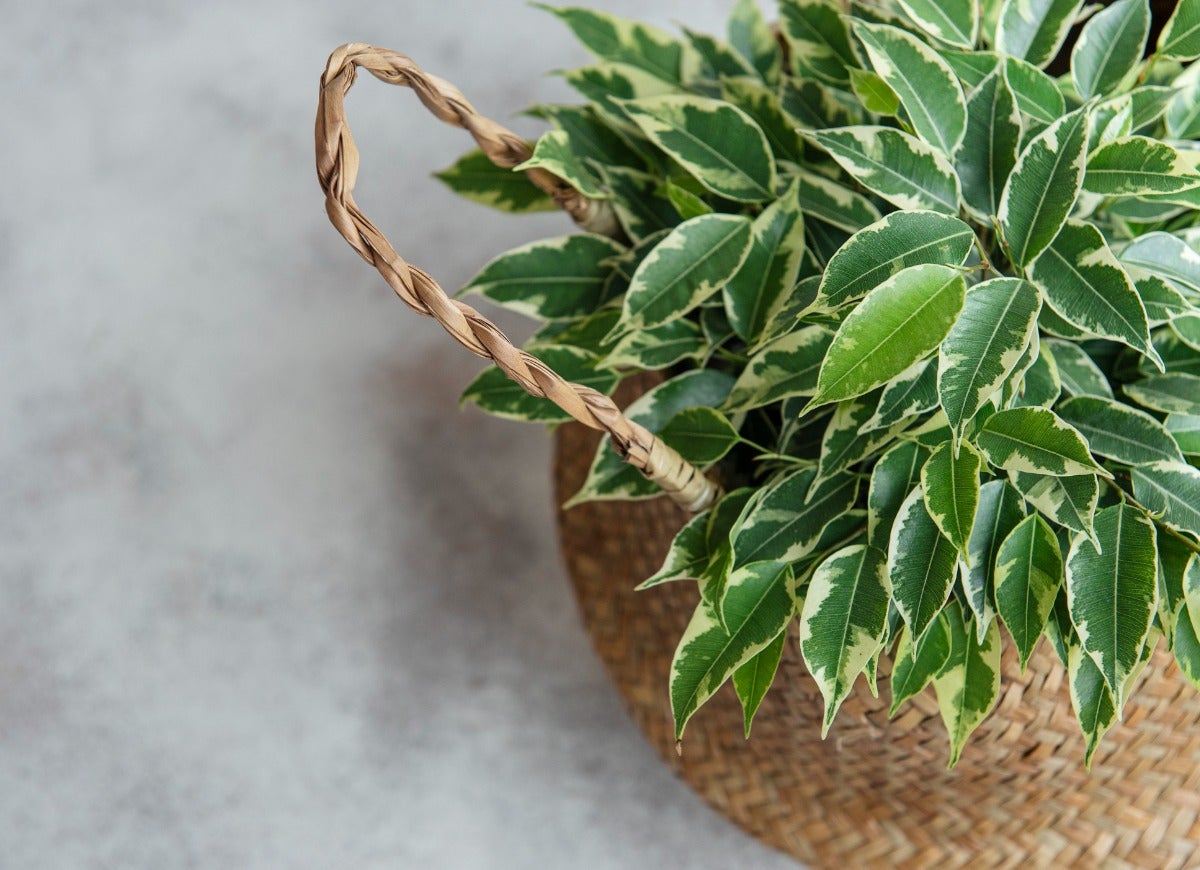
The weeping fig is a tropical plant that likes hot and humid environments, making it a terrific bathroom addition—especially for those who like a scalding hot shower. A weeping fig only needs well-draining soil, watering when the top few inches of soil dries out, and bimonthly fertilizing with half-strength formula during growing season. It doesn’t like being moved, though, so once it has a spot where it’s happy, leave it there.
Western Sword Fern (Polystichum munitum)
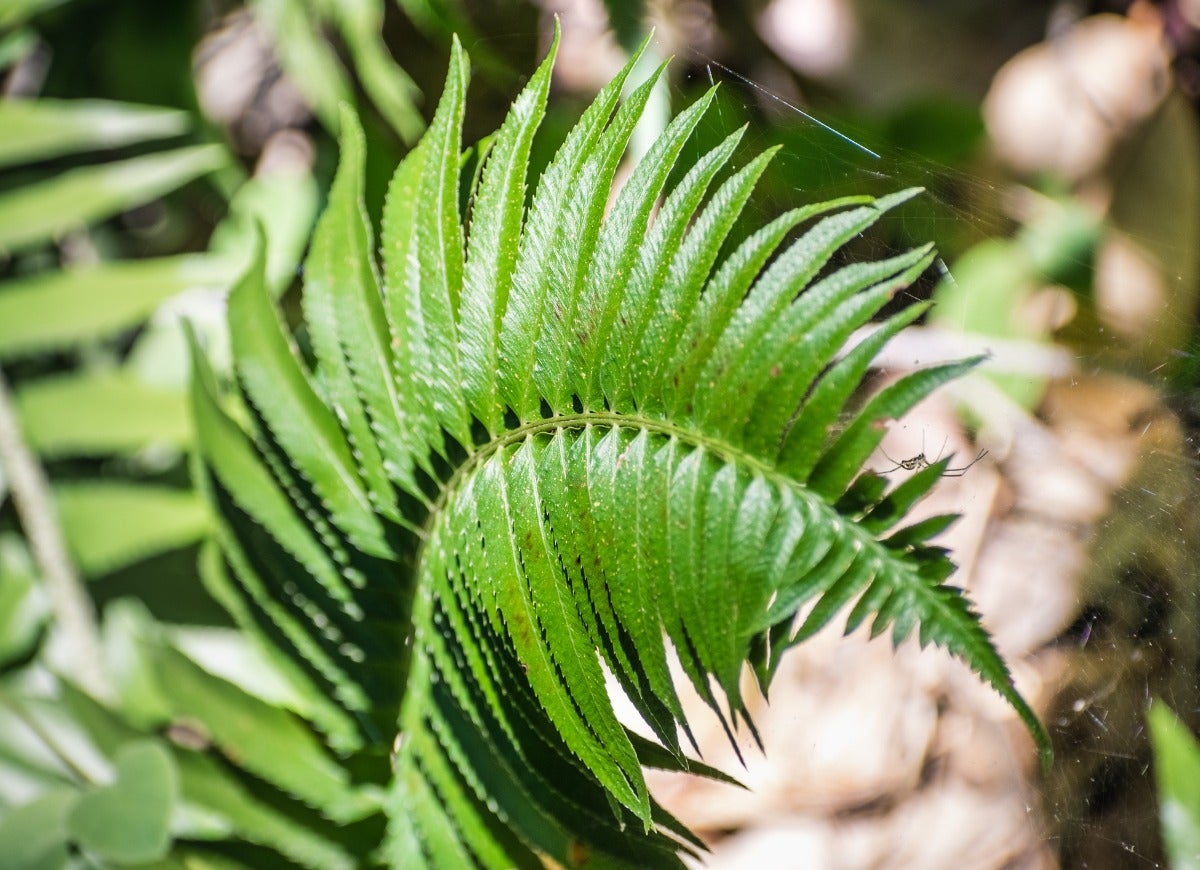
Bring a coastal mountain vibe to the bathroom by adding a potted Western sword fern. Elongated, blade-like fronds fill out the plant, helping it offer a zen-like feel to the bathroom. Pot it in evenly moist soil, give it indirect light, and spritz it from time to time if it needs a little pick-me-up.
Split Leaf Philodendron (Philodendron bipinnatifidum)
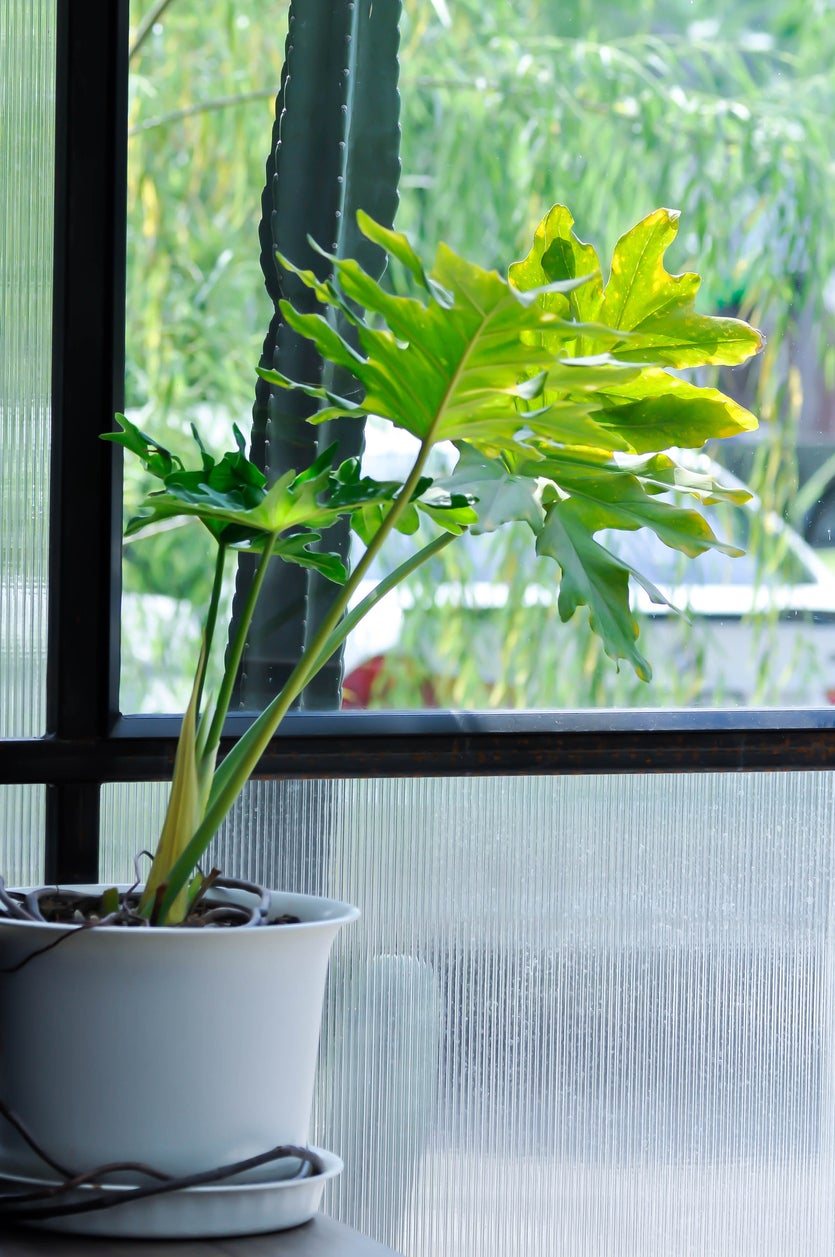
The split leaf philodendron is a big bathroom plant, growing around 5 feet tall. Though it likely won’t fit on a shelf, the increased leaf surface of this bold and lush plant influences the rate of indoor air purification, which is great for bathrooms full of VOCs. This plant wants bright, indirect light, monthly feeding through spring and summer, and an occasional dip in the bathtub for convenient bottom watering.
Kentia Palm (Howea Forsteriana)
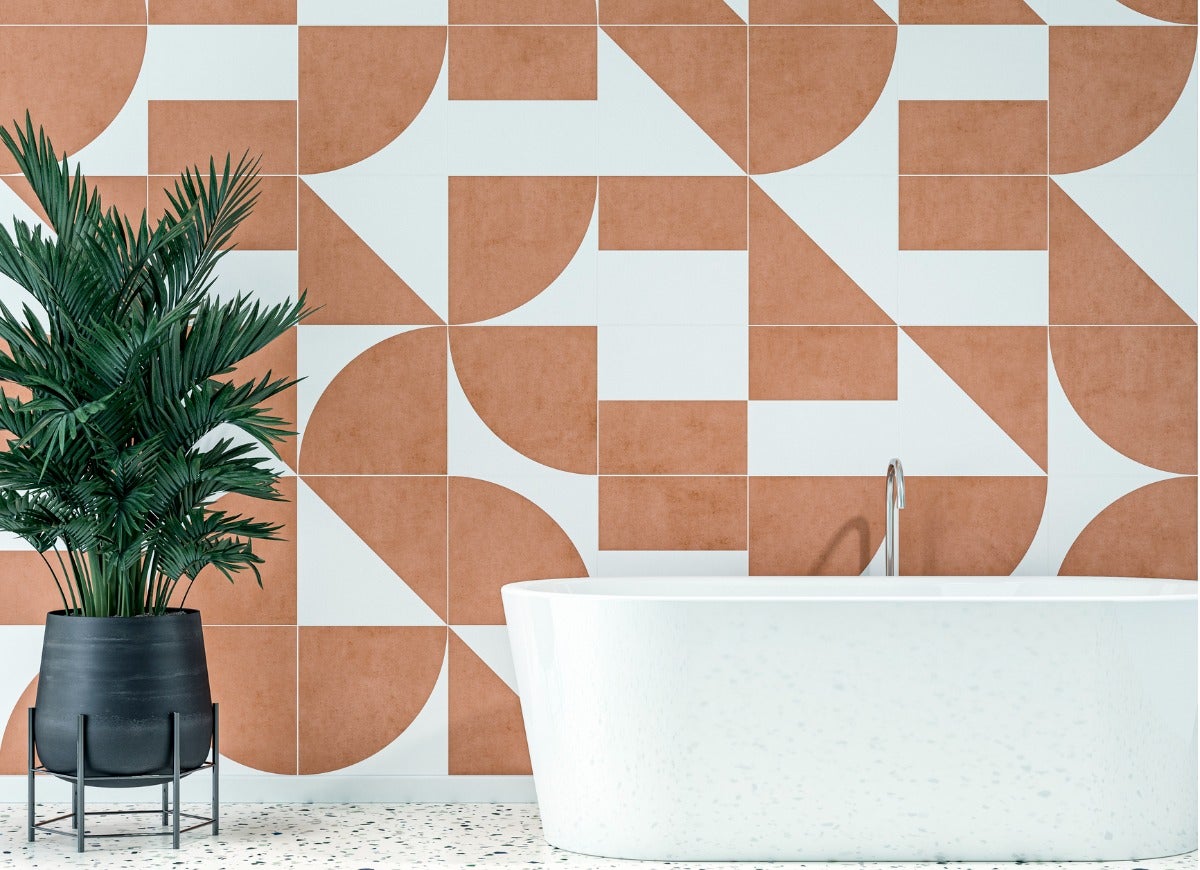
A kentia palm adds an elegant, tropical focal point to a bathroom with its arching fans, and its presence indoors may help decrease stress. Give this floor plant plenty of room and bright, indirect light. Once established, it needs very little care—feed it monthly in spring and summer, water sparingly, and give it an occasional shower to keep the fronds dust-free.
Metal Palm (Chamaedorea Metallica)
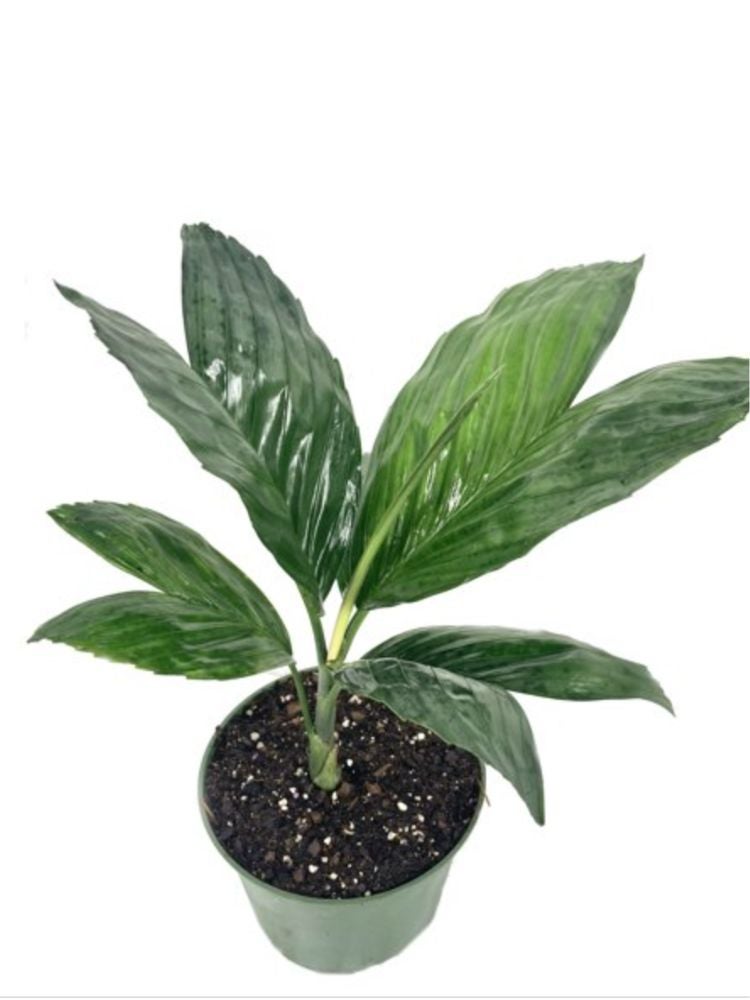
Low-light bathrooms are an excellent place for a metal palm tree. These slow growers can stay on the same spot in the bathroom for years before outgrowing it. They have fish-tail shaped leaves that are dark blue-green in color, and offer a metallic sheen that’s most noticeable when they’re out of direct light. These plants help filter airborne toxins found in products that contain benzene, like hand sanitizers, spray deodorant, and dry shampoo and conditioners.
Bromeliads
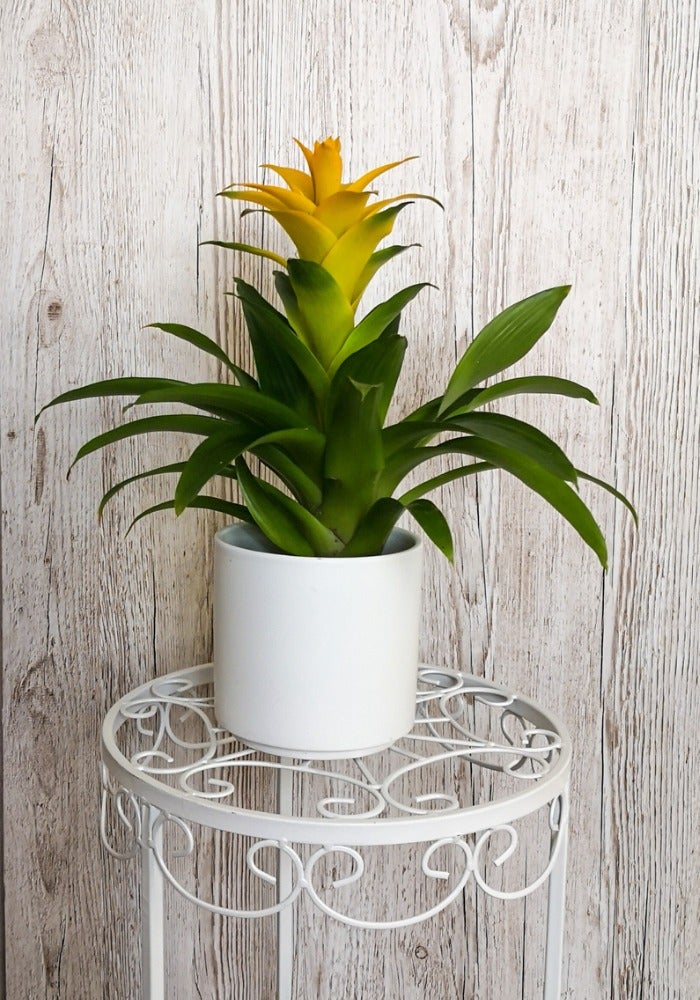
Bromeliads add instant color to a bathroom, and their low-maintenance requirements make them highly desirable as potted or hanging plants. This tropical indoor plant needs bright, indirect light, good drainage, regular watering, and occasional fertilizing. Though bromeliads only bloom once, the flower lasts for months—and some varieties can add a nice fragrance to the bathroom.
Maidenhair Fern (Adiantum raddianum)
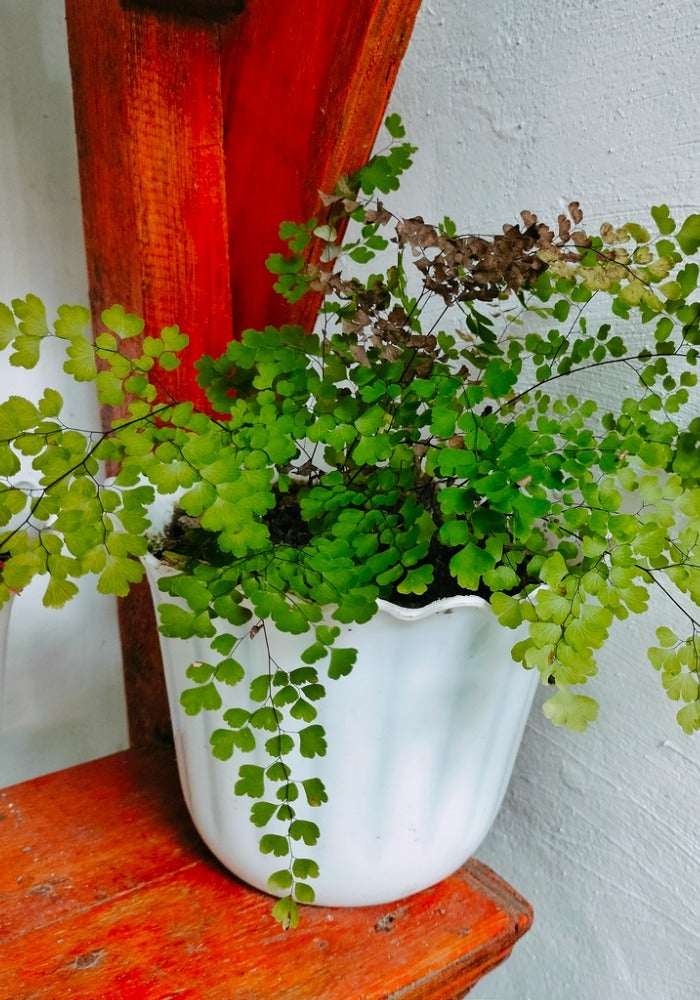
The maidenhair fern’s wiry fronds and preference for moderate to bright light make it a great bathroom window plant. It’s bushy enough to offer some privacy, but still allows natural light to come through the window. Maidenhair fern’s rhizomes spread quickly, and they’re easy to propagate, to give you even more greenery to add to the windowsill.
Silver Pothos (Scindapsus pictus)
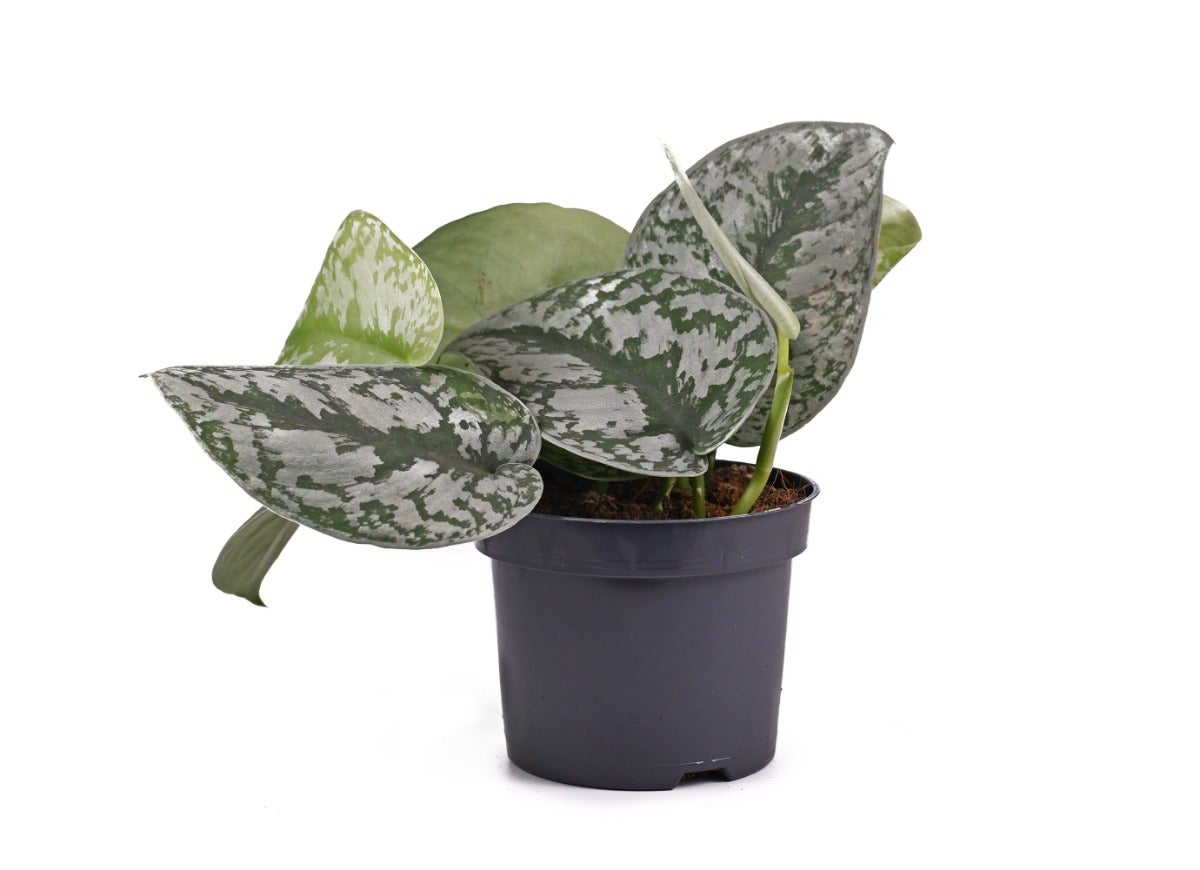
Known for its heart-shaped pale green leaves with beautiful marbling, the silver pothos is a beginner-friendly plant that does well in the bathroom. This tropical vine likes to be nice and warm, with bright indirect light and moderate watering. It grows in baskets or pots, and can add a design element to walls instead of typical items that fog up with steam.
Calathea
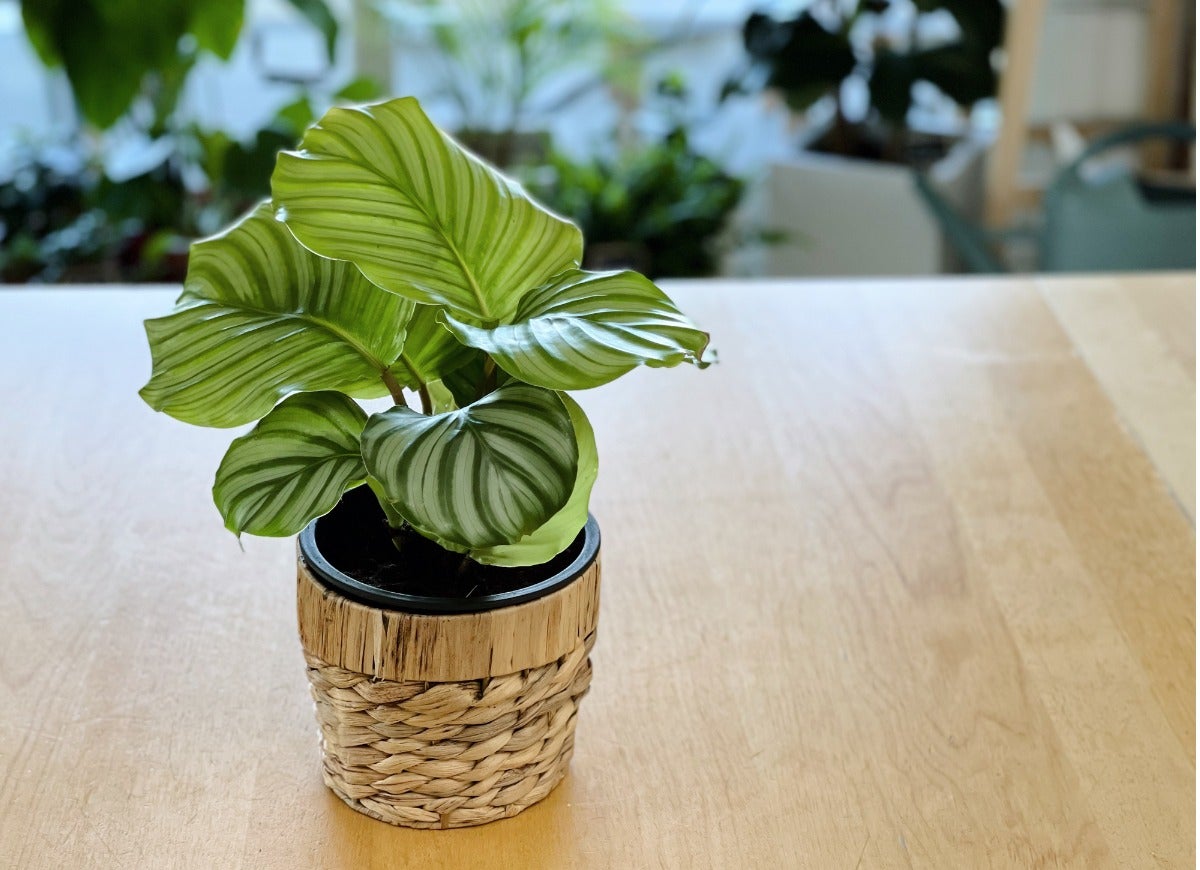
Humid bathrooms are one of the best places to keep calatheas. Keep to a consistent watering schedule and place them in low, indirect light. These leaves are beautiful and practical—the striped, wide leaves have been used to wrap food and other goods, making them safe to wrap around extra shampoo or soap bars until they’re ready for use.
Flamingo Flower (Anthurium)
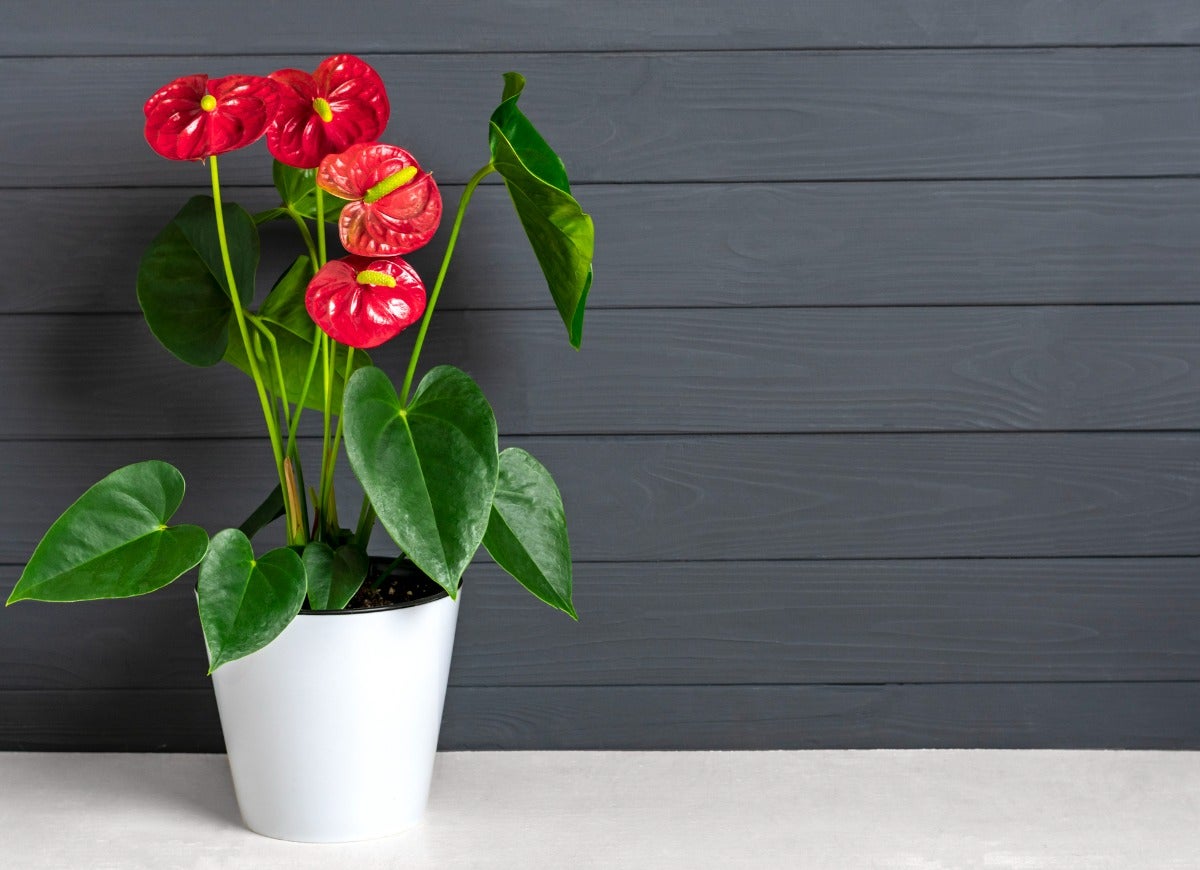
Instead of cut flowers on the bathroom counter, a flamingo flower, also called flamingo lily, can bloom year-round with its bright, glossy flowers. Though the flowers are showy, they are not fragrant, a good feature for small bathrooms or for those with smell sensitivities. Water often enough to keep the well-draining soil slightly moist, and keep the plant near a bright window that doesn’t receive direct sun.
Chinese Evergreen (Aglaonema)
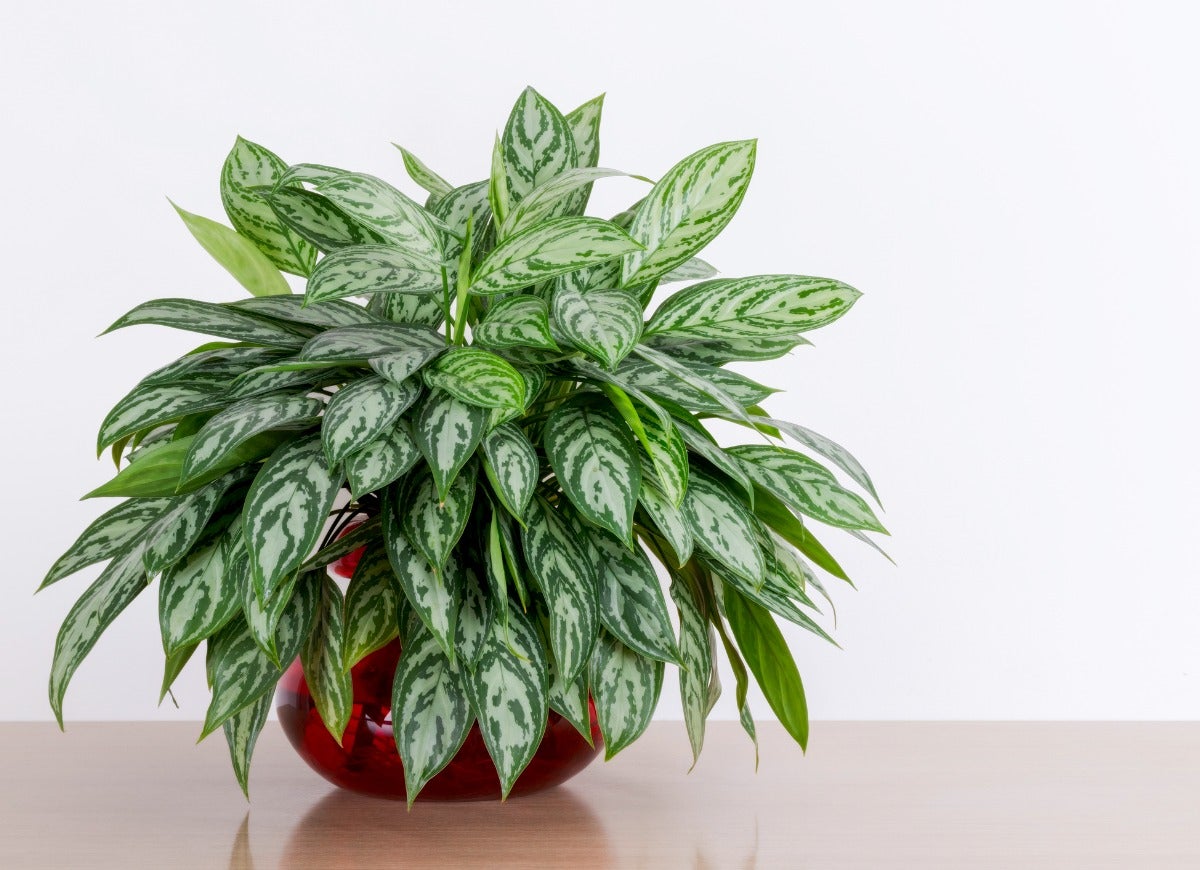
Those working toward green-thumb status may opt for a hearty and very forgiving Chinese evergreen in the bathroom. These plants are very tolerant of imperfect conditions, such as low light or infrequent watering. They can still keep their colorful foliage, even if they’re not getting the best light. Plant them in a cactus soil and use a gentle liquid fertilizer through spring and summer to keep this plant doing its best.
Tropical Pitcher Plant (Nepenthes)
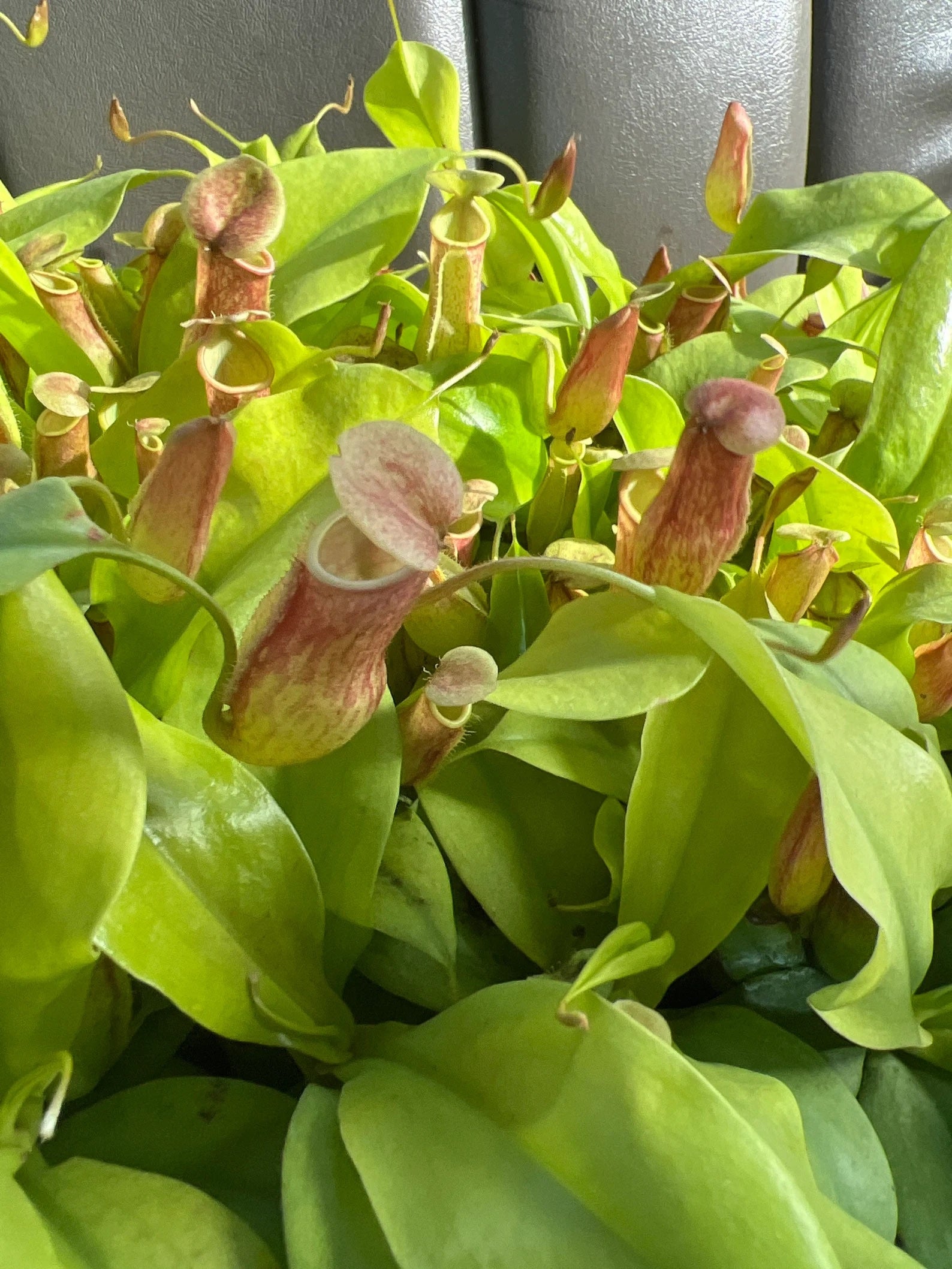
A tropical pitcher plant can be very happy in the bathroom, and its presence can make your home more pleasant as well. If insects are an issue in the bathroom, the tropical pitcher plant lures, captures, and ingests the pests. Hang this plant from a basket in nutrient-poor soil, and skip the fertilizer—they get their nutrients from the bugs they eat.
Peperomia
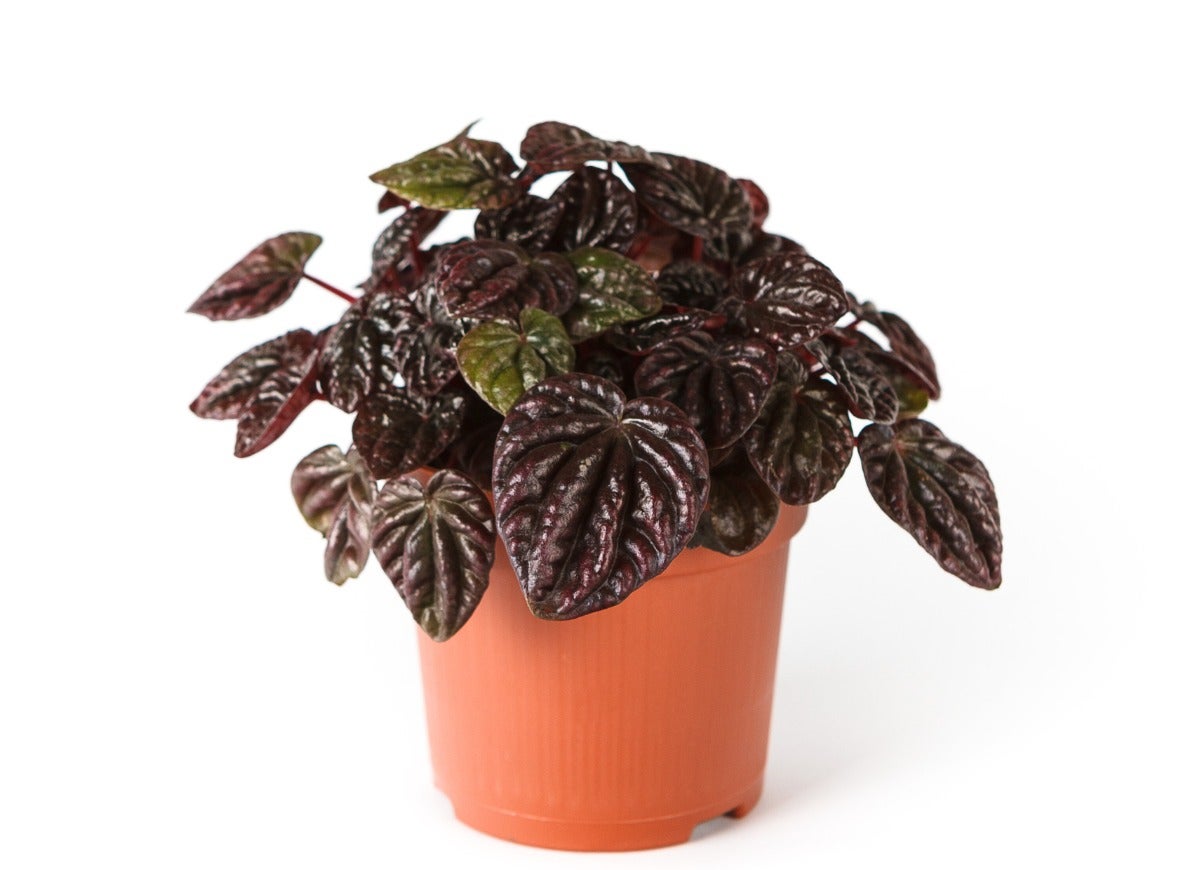
In Brazil, peperomia is given as a symbol of reassurance—which we can all use, especially near the bathroom mirror. There are many types of peperomia, all of them are a little bit fleshy like succulents in their stems or leaves. These space-saving plants can fit in the smallest bathrooms, and if you neglect them for a while, that’s perfectly alright. They also don’t need bright light, giving you more flexibility on where to put them.
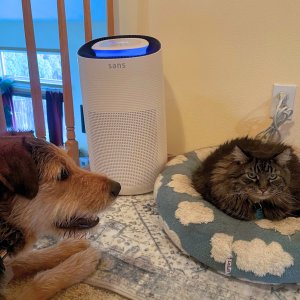
After Testing 20 Air Purifiers, We Found One That Does Something the Rest Can’t
Same functionality, different package? Not with this Sans air purifier, which offers more advanced filtration and features than most models I’ve tested—without a premium price tag.